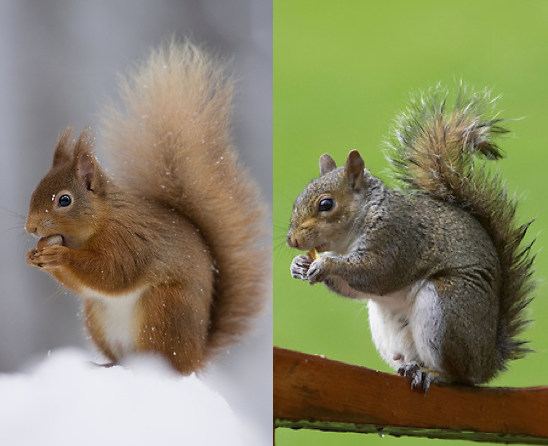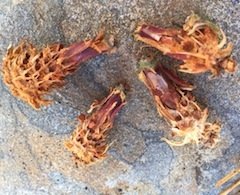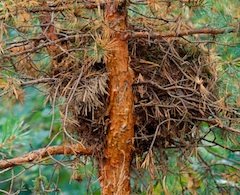You might wonder how you can learn more about red squirrels in your area, and perhaps get involved in red squirrel conservation. This page will give you more information about ways to determine if there are red squirrels in your area and to monitor their numbers, plus volunteer projects that you could get involved in.
Surveying for red squirrels
There are various quite complex ways to monitor red squirrels, involving complicated calculations to estimate their population density. These prove troublesome even for professional wildlife biologists! Below are some basic ways that you can survey for red squirrels, and collect valuable data that can be used to help monitor their distribution in the UK.
 |
Report sightings of both red and grey squirrelsReporting any red or grey squirrels that you see is the easiest and most useful way that you can help red squirrels in the UK. The biggest current threat to red squirrels are non-native grey squirrels and the diseases they carry, so building up a picture of the distribution of both red and grey squirrels is the only way we can monitor how well our red squirrels are faring. |
 |
Search for feeding signsSearching for the remains of cones and nuts that squirrels have eaten is a simple way to determine if there are squirrels present in your area. Squirrels strip cones in a very distinctive way, so it’s very easy to learn how to monitor squirrels via this method. |
 |
Search for dreysRed squirrels are mainly active early in the morning and during the afternoon. So unless you’re out and about at those times, you may not see many squirrels. An easy way to check if they’re present in your area is to search for dreys – balls of twigs and leaves that squirrels use as a ‘nest’. If you’re interested in knowing how many squirrels are present in your area, rather than just if they’re present or absent, a drey survey can provide a basic estimation of population density. Learn how to carry out a drey survey
|
Squirrel biologists use a range of other survey methods to estimate population densities, including hair trap surveys and feeding transects. If you would like to learn more about these methods, and perhaps give one or two a go yourself, see our activities page.
If you would like to become involved in red squirrel conservation the best way is to contact your local squirrel group or the nearest conservation organisation that is working with squirrels. Click on the button below to find out how you can help.
